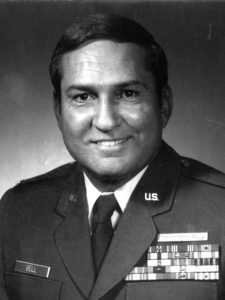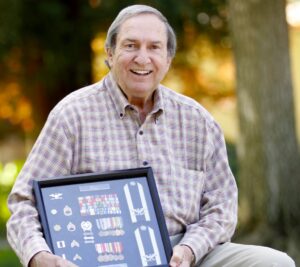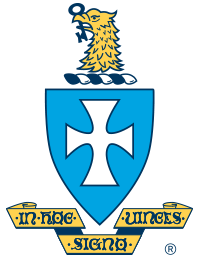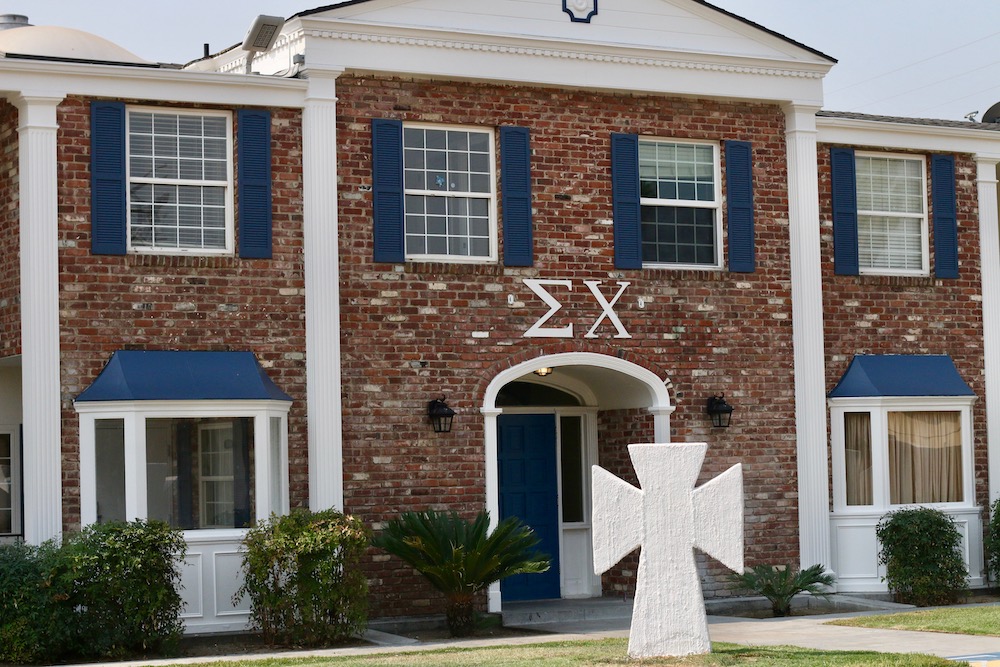From the Fresno Bee OpEd August 12, 2021 by Significant Sig Elvin C. Bell (57-F):
Mixed in with all the news about gun violence nationally has been a dramatic rise this year in shootings in Fresno, which continues to climb with the daily news. Is there a genesis for this nationwide gun violence? I believe there is a specific date when this criminality unfolded in such an abrupt manner and quickly spread to numerous cities across our nation. I also remember the specific time I was alerted to the crisis.
The bedside telephone awakened me at 2:50 a.m. on Aug. 12, 1965. The conversation was brief. “Councilman Bell, are you also a captain and the intelligence officer for the National Guard’s 185th Infantry Battalion?” “Yes.” “Well, sir, an airplane will land at the Fresno terminal in about 15 minutes,” the voice announced. “It will fly you to Los Angeles. There’s an emergency. Your battalion will follow by ground convoy.”

Colonel Elvin C. Bell
“What’s the problem?” I asked. “We have a riot on our hands. You will be escorted by police to the Fresno air terminal, and the California Highway Patrol will escort you to the riot scene when you land at LAX. Hurry.” The line went dead. That was my introduction to the Watts Riots that started 56 years ago on the evening of Aug. 11, 1965. At the age of 27, I was elected to the City Council four months earlier.
With lights flashing and siren howling, we made it to the airport tarmac in record time. An olive drab Army aircraft was waiting for me. I tossed my utility bag and web gun belt in back and rode shotgun beside the pilot. As we cleared the Tehachapi Mountains and looked southwest, we saw multiple flames as the sky ahead of us glowed in an eerie, ominous hellish display. “It’s much worse now than when I left to get you,” the pilot said. “I’ll let your CHP escort know you’ll be on the ground in 12 minutes,” he said as he contacted the LAX tower.
My escort consisted of four heavily armed CHP officers. Each, including the driver, had a shotgun pointed out of a rolled down window. A few hundred other CHP cars were visible during our quick journey to the law enforcement bivouac site, Manual Arts High School, which was located in the center of flaming Watts. The intelligence information and briefing I received in the back seat of a speeding heavily armed car was clear and crisp: In the predominately Black Watts neighborhood of Los Angeles, racial tension reached a breaking point when a young Black motorist was pulled over and arrested by a white CHP patrolman for suspicion of driving while intoxicated. Within a few minutes, a crowd of angry spectators gathered at Avalon Boulevard and 116th Street to watch the arrest. As the throng grew larger, their anger increased and soon rocks were hurled at the officer, and storefronts were set on fire. I immediately started my intelligence gathering patrol work with CHP officers, and worked with them until my battalion convoy arrived. In the meantime, I also went to the map lab in the L.A. police headquarters and had the technicians print several copies of large maps that clearly identified each building within a quarter mile radius of our bivouac site. It didn’t take long for me to discover that our Manual Arts bivouac makeshift outpost was surrounded by snipers.
I deployed a 30-caliber machine gun on the roof of the girls’ gym and gave the gun team a field of fire that covered two blocks. I also gave them several nine-yard belts of ammo. (Thus, the popular phrase, “The whole nine yards”). I also deployed a 50-caliber machine gun with ammo belts on the roof of the boys’ gym. During my frequent reconnaissance patrols during the next eight days and nights, I witnessed the death of 23 armed rioters; 1,132 who were injured during assaults on officers; more than 600 buildings damaged from fires or looting; 232 buildings destroyed; 3,522 people arrested; and more than $65 million in property loss recorded. Another interesting element that troubled the CHP occurred during those eight days was the high number of out-of-state residents who arrived in Los Angeles via air and bus who were picked up and taken directly into houses in Watts. During that era, travelers were not subjected to body or luggage searches. Because of my intelligence work during the Watts riot, which included a bullet wound above my left knee, the Department of Defense sent me to assist at several subsequent riots in Detroit, Newark, Chicago, Berkeley and East Orange, NJ.

Colonel Elvin C. Bell
That was why, on occasion, I attended Fresno City Council meetings in uniform; a plane was waiting for me at the airport.
Elvin C. Bell served five terms in public office in Fresno. He is a retired Air Force colonel after more than 31 years of service in the Army National Guard, Army, Air Guard and Air Force.


